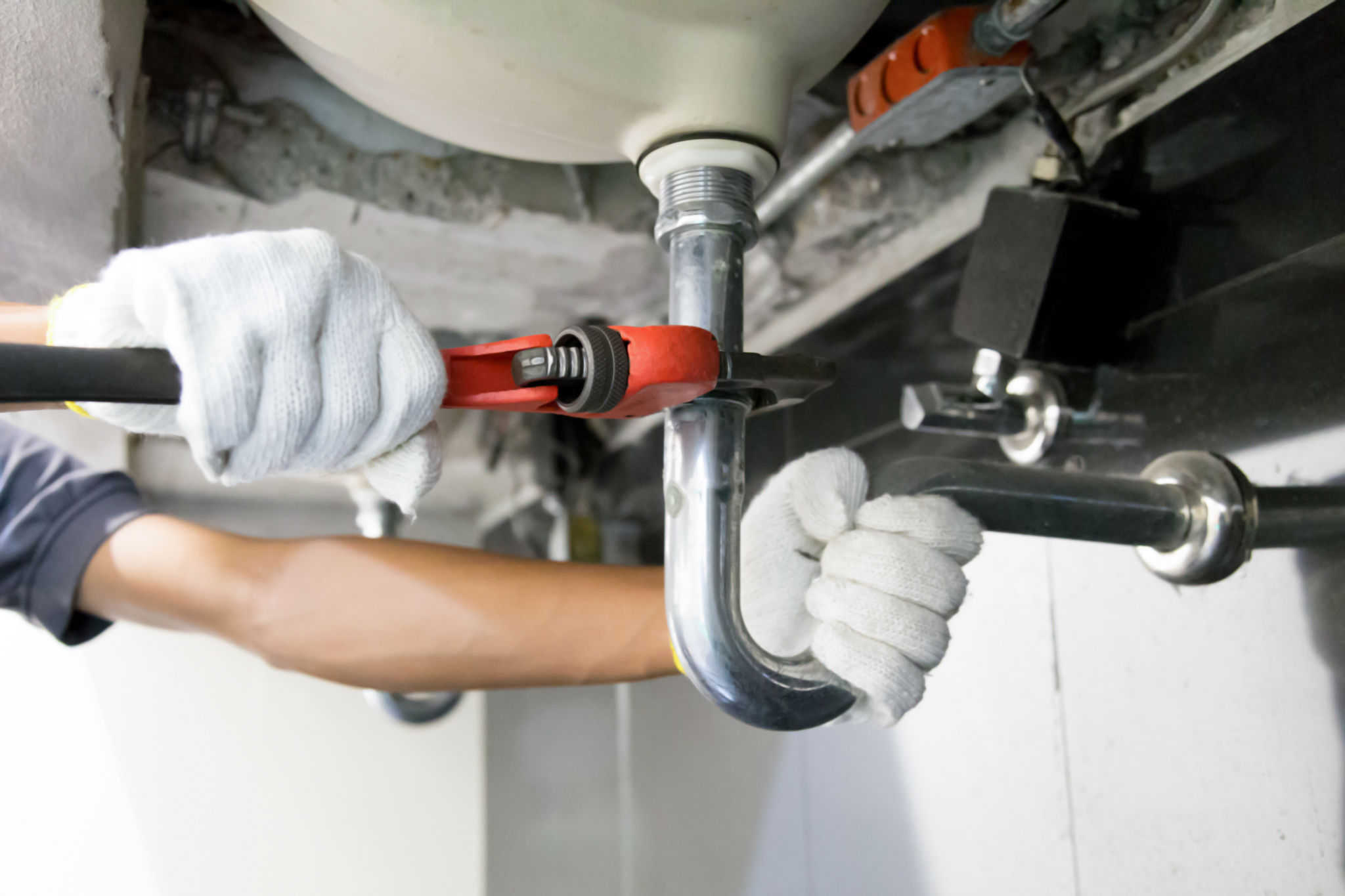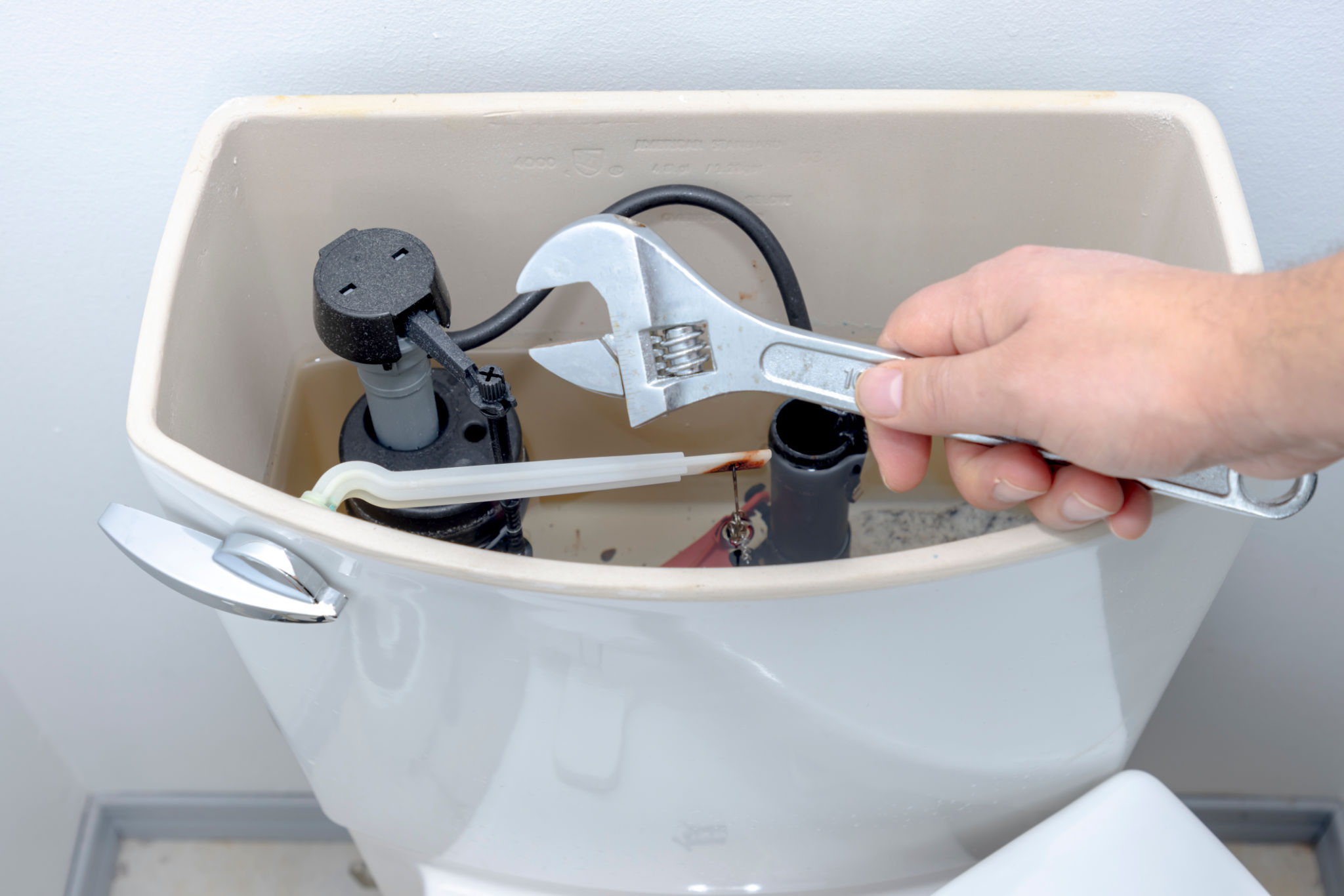DIY Plumbing Tips for Common Home Issues
Understanding Basic Plumbing Tools
Before diving into DIY plumbing projects, it's crucial to familiarize yourself with the basic tools you'll need. A few essentials include a plunger, wrench, tape, and a pipe cutter. These tools can help you tackle a variety of common issues around the home. Having them readily available ensures you're prepared for any minor plumbing emergencies.
Additionally, investing in a high-quality wrench can save you from potential headaches. Wrenches come in various sizes, so a set of adjustable ones can be incredibly versatile. This tool will be your best friend when dealing with stubborn nuts and bolts.

Fixing Leaky Faucets
A leaky faucet is not only annoying but can also increase your water bill significantly. The most common cause of a dripping faucet is a worn-out washer. To fix this, first, turn off the water supply to prevent any unwanted spills. Next, use a wrench to disassemble the faucet and replace the washer. Reassemble everything, turn the water back on, and test for leaks.
If the leak persists, it might be due to a damaged valve seat or O-ring. Both can be replaced with minimal effort and cost. Ensuring tight seals when reassembling is crucial to prevent future leaks.
Unclogging Drains
Clogged drains are a common issue that can often be resolved with simple DIY methods. Start by using a plunger to dislodge the clog. If that doesn't work, a drain snake or auger might be necessary. These tools can reach deeper into pipes and remove more stubborn blockages.

For minor blockages, a mixture of baking soda and vinegar can sometimes do the trick. Pour half a cup of baking soda followed by half a cup of vinegar down the drain. Let it sit for about 30 minutes, then flush with hot water. This natural method can break down build-up without harsh chemicals.
Repairing Running Toilets
A running toilet can waste up to 200 gallons of water per day if not addressed promptly. The typical culprit is a faulty flapper valve. To fix this, first remove the toilet tank lid and inspect the flapper. If it's worn or damaged, replacing it is straightforward and inexpensive.
Another common issue is the float arm not being properly adjusted. When incorrectly positioned, it can cause continuous water flow. Adjusting the float arm to the proper level often resolves the problem.

Preventing Burst Pipes
Burst pipes can cause significant damage to your home and are often due to freezing temperatures. Insulating your pipes is an effective preventive measure. Pipe insulation is relatively inexpensive and easy to install, providing protection against cold weather.
Additionally, during cold spells, allow faucets to drip slightly to keep water moving through pipes. This simple step can prevent freezing and subsequent bursting.
